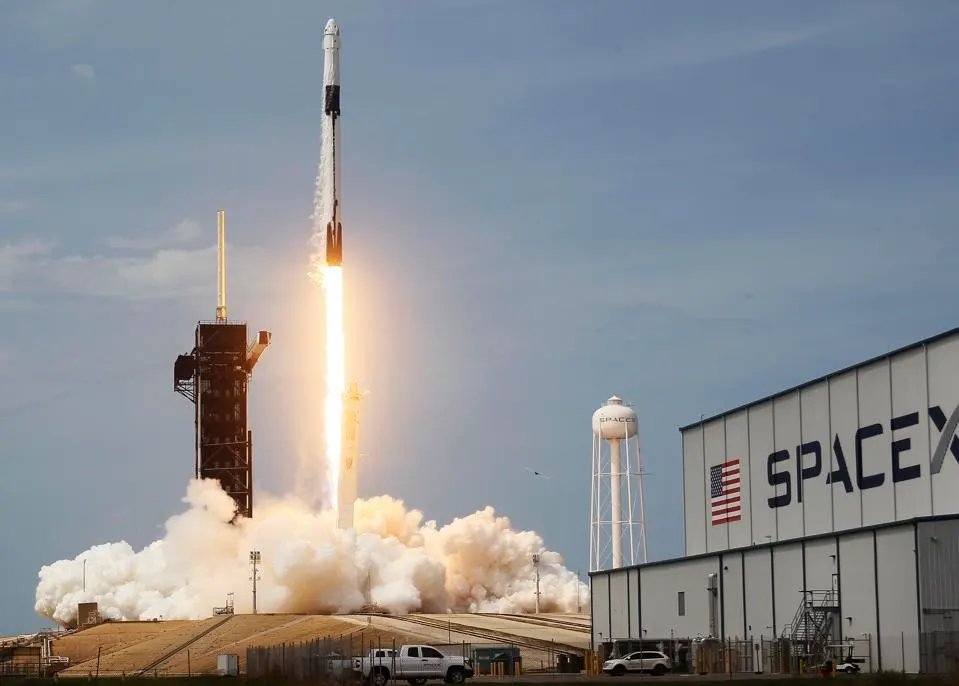In a groundbreaking announcement that has captured the world’s imagination, **Elon Musk** has confirmed that **SpaceX’s Starship** will be on a mission to **Mars** by **2026**, with a surprising passenger—**Tesla’s humanoid robot, Optimus**. This ambitious project marks a significant leap forward in both **space exploration** and **robotics**, and Musk has hinted that, if successful, **humans could land on Mars by 2031**.

### **Elon Musk’s Bold Vision for SpaceX and Mars Exploration**
Elon Musk, the visionary CEO behind both **SpaceX** and **Tesla**, has long been vocal about his goal to make **human life multi-planetary**, with **Mars** as the primary destination. His **Starship** program, designed to carry large payloads into space, is central to this vision. Musk has now confirmed that SpaceX’s **Starship** will embark on a mission to **Mars** by **2026**, making it one of the most ambitious missions in the history of space travel.
The inclusion of **Optimus**, Tesla’s humanoid robot, as one of the passengers adds another layer of intrigue to the mission. Designed to perform basic human tasks, **Optimus** could serve as a critical asset for **future Mars expeditions**, potentially assisting astronauts in carrying out tasks such as construction, maintenance, and research on the red planet.
### **Optimus: Tesla’s Humanoid Robot Takes a Giant Leap**
**Optimus** isn’t just any robot—it’s part of **Tesla’s** larger plan to create **artificial intelligence (AI)** that can seamlessly interact with humans. Optimus is designed to be highly adaptable, performing everyday tasks such as lifting objects, carrying out repetitive tasks, and even providing assistance to humans in various environments. Now, with the upcoming **SpaceX mission to Mars**, Optimus could be one of the first robots to **set foot** on the red planet, opening new possibilities for **robot-assisted colonization**.
This partnership between **Tesla** and **SpaceX** marks the first time a humanoid robot will be part of a **deep space mission**. Optimus will be tested in space, and depending on the success of the mission, it could play a crucial role in Mars exploration, assisting humans as they work to build habitats, gather resources, and set up long-term structures on Mars.

### **Human Exploration of Mars by 2031?**
While **Optimus** will take the first steps towards Mars, the ultimate goal is much more ambitious—**human colonization of Mars**. Elon Musk has often stated that the **Starship** mission could pave the way for humans to set foot on Mars, with the goal of achieving **human presence on the red planet by 2031**. This timeline may seem far off, but Musk’s track record of turning bold visions into reality gives hope that this mission is within reach.
Achieving human presence on Mars would require advancements in many areas of technology, including life support systems, radiation protection, and long-duration space travel. However, Musk’s confidence in SpaceX’s technology, combined with **Tesla’s AI advancements** and **Optimus’s capabilities**, suggests that the first crewed mission to Mars could be just a few years away.
### **Why This Mission Matters**
Elon Musk’s SpaceX mission to Mars is more than just a spaceflight—it’s a monumental leap for humanity. The inclusion of **Optimus**, Tesla’s humanoid robot, signals a future where **robots** and **AI systems** can play an integral role in human colonization of other planets. If successful, this mission will not only revolutionize **space exploration** but will also set a foundation for future missions to other planets and moons within our solar system.
The **Starship mission to Mars** will be an important test of SpaceX’s capabilities, not just in terms of launching rockets, but also in creating sustainable, multi-planetary systems. This mission could also provide valuable data that will inform future space programs, including NASA’s efforts to return astronauts to the moon and beyond.

### **What’s Next for SpaceX and Tesla?**
With **SpaceX’s Starship mission** confirmed for **2026**, the next steps will involve detailed planning, rigorous testing, and the development of cutting-edge technology. As for **Tesla**, the company will continue to advance its work on **Optimus**, with potential upgrades and improvements to the robot’s design and capabilities as the Mars mission approaches.
SpaceX’s **Starship** and **Optimus** represent the convergence of two of Elon Musk’s most ambitious ventures—**space exploration** and **artificial intelligence**. With these technologies, Musk aims to make humanity’s dream of becoming a **multi-planetary species** a reality.
### **Conclusion: A New Era of Space Exploration**
Elon Musk’s announcement that **SpaceX’s Starship** will carry **Optimus** to **Mars by 2026** and could lead to **human colonization by 2031** is a game-changing moment for both **space exploration** and **robotics**. The combination of **advanced space travel technology** and **cutting-edge AI** sets the stage for a future where humanity and robots work together to make life on Mars a reality.
As we look toward the next decade, the partnership between **SpaceX** and **Tesla** could redefine our understanding of space travel, artificial intelligence, and the potential for life beyond Earth. If all goes according to plan, **Mars** could soon become humanity’s second home, with **Optimus** and human pioneers leading the way.
